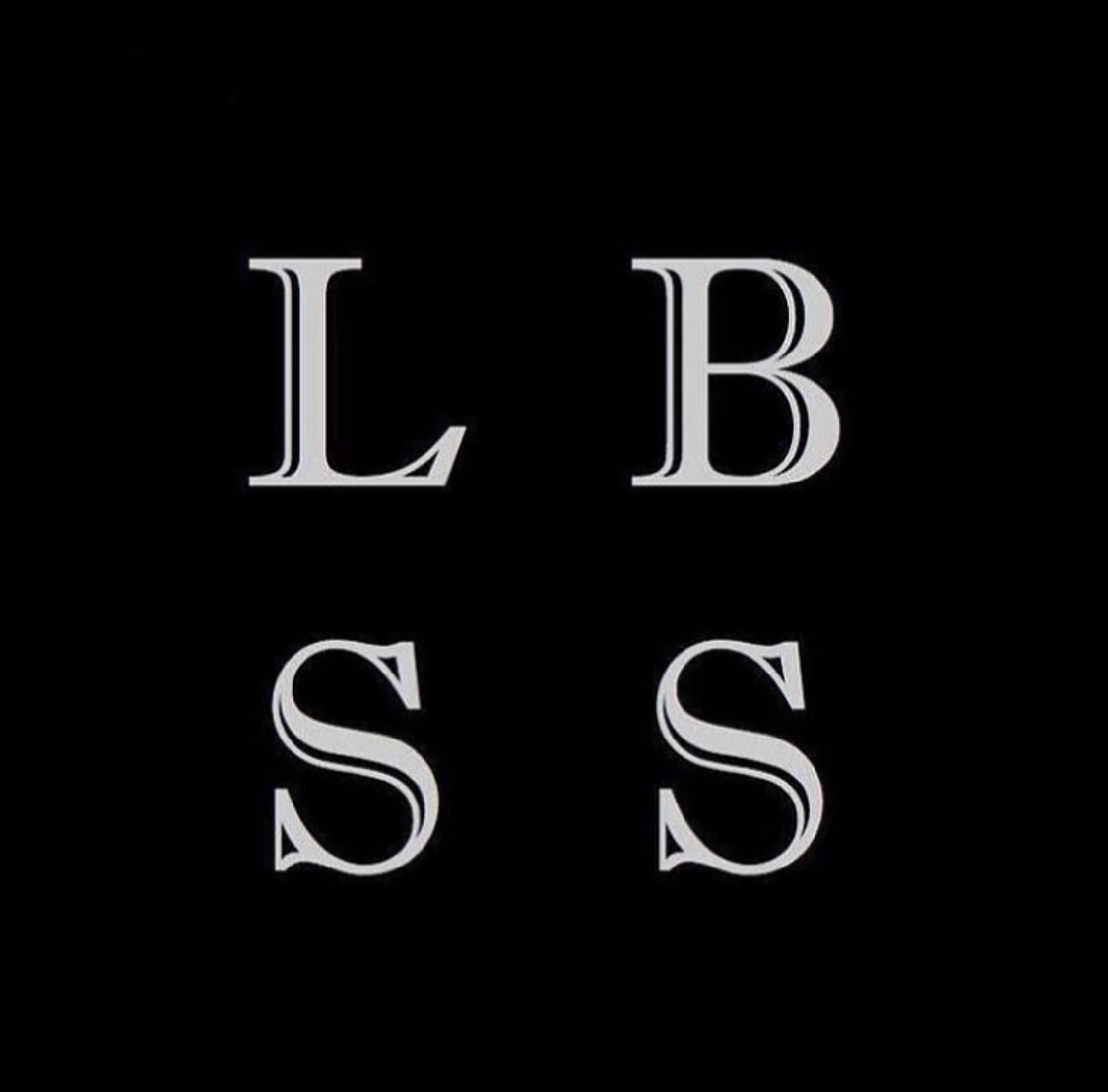The Vessel is a $150 million structure in the heart of New York’s Hudson Yards. Designed by Thomas Heaterwhick, it has 154 interconnected stairways and is labeled as a public benefit, whilst simultaneously hypocritically driving up the prices of the apartments in the surrounding buildings. Nicknamed “the colossal shawarma” and a “mythical giant’s wastepaper basket” the structure and its proprietor, Related Companies, has faced harsh criticism for its lack of attention to details as there is apparently duct tape holding together errant pieces. However, Heatherwick’s idea was noble; he wanted to pay a tribute to the ancient stepwells in India which have been used to easily reach water to wash, to cook and for religious matters. However, there lies a troubled past for the Vessel ,as this July a 14 year old boy tragically jumped to his death, marking the third suicide from the structure in less than a year.
General controversies in/about the luxury world:
So when does luxury cross the line? When do we allow artistic vision to come second and safety first? Companies dance delicately on this fine line and with the growing mental health awareness movement and anti-capitalist sentiment of the younger generations, conversations like these can no longer be avoided. For this reason the vessel has gone on to be described as “a perfect symbol for the grifter capitalism of New York City’s privatized Hudson Yards ‘neighborhood.” The Vessel, free of charge, highlights the general innovative glamour of NYC whilst simultaneously showcasing the exorbitant way the rich have decided to spend their money.
Criticism about the vessel:
Since its opening in 2019, the structure has been in the spotlight for quite a few controversies, beginning with its design and architecture: some people admire its aesthetics and consider it a work of art, still others criticize its structure and functionality.
More importantly, as stated above, the Vessel has been the location of 4 suicides. These have lead to its closure – until further notice – to visitors on July 29th 2021, just the day after the last suicide happened. In 2016, professionals raised concerns that the attraction could be a safety risk. An editor from The Architect’s Newspaper wrote “As one climbs up Vessel, the railings stay just above waist height all the way up to the structure’s top, but when you build high, folks will jump.” These professional warnings were ignored and, as a result of several tragedies, the Vessel and Heatherwick Studio are feeling the consequences. Currently, the firm is consulting with experts in order to prevent any more accidents. The most logical solution would be to increase the height of the railings, even if it would alter the aesthetic look of the “work of art”. A similar thing was done in 2017 to the George Washington Bridge in New York, which had one of the highest suicide-rates for bridges, leading to the installation of an 11-foot-high fence. Thanks to this, suicides have significantly decreased.
Before this issue was presented, the Vessel and its designers had to face two other problems: photo policies/copyright and the inaccessibility for wheelchair users.
The first problem consisted in the fact that Hudson Yard – owner of the Vessel – held ownership of all the pictures and videos taken there and they could have been used as they wished for commercial purposes. By doing this, Hudson Yard benefitted from $4.5 billion in tax revenue. After the criticism, Hudson Yard modified their policy so that visitors would have ownership of their own media content. The latter problem arose because the structure only has one elevator, which stops only on the 5th and 7th floor. The United States Department of Justice filed a complaint because the structure wasn’t compatible with current regulations. After that, an agreement was reached between Related Company and the Department of Justice to increase accessibility to the structure.
Ultimately, the Vessel is here to teach us where luxury becomes insensitive and strays away from its values. The Vessel’s impact on New York City has been noticeable and led us to see luxury’s ugly side. This has further stressed the importance of companies to take accountability and of consumers to think critically, especially in times like these when companies should be as calculated and considerate as possible.
